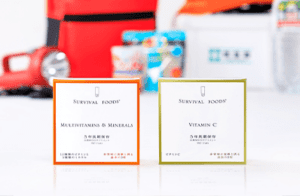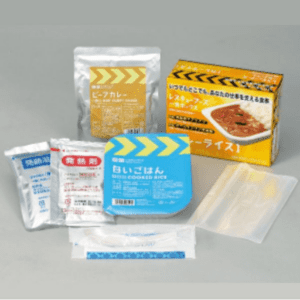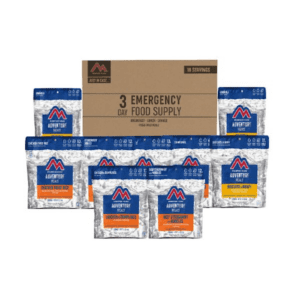The COVID-19 pandemic and increased occurrence of natural disasters are bringing attention to emergency food—highly shelf-stable food designed for stockpiling in emergencies. These events reveal consumers’ vulnerability toward disaster preparation, including supply chain issues, widespread food shortages, and panic buying. One lesson consumers may take from the pandemic is to stock up with necessary food and drink and to be prepared for the unexpected. This is creating new opportunities for brands, especially in Asian markets.
Mintel Global Consumer research shows that 82% of Chinese consumers say that following their experience with COVID-19, they will be prepared for emergencies in the future. Meanwhile, research from the Columbia Climate School National Center for Disaster Preparedness reveals that the majority of US households do not have adequate plans and supplies for a disaster.
Emergency food is a relatively untapped area with growth potential, as illustrated by the demand for such foods during the pandemic, the increasing incidence of natural disasters, and the related supply chain issues. Taking advantage of this opportunity to attract consumers, food brands should educate them about the need for emergency rations and promote products that provide seasy-to-store, long-shelf-life essentials.
Nutrition is essential
Products that provide nutrients that are often lacking during emergencies can support the health of consumers. For example, Survival Foods Supplements for an Emergency (Japan) is developed to efficiently balance nutrients that are unbalanced in an emergency situation.
Also, specially prepared foods for specific demographics are important, as they can be even more difficult to secure. Emergency food for infants, seniors, those with food allergies and with dietary restrictions are in high demand.
Offer convenient solutions
As utilities may be cut off in emergencies, products that don’t require cooking, come with disposable cutlery, come in self-heating packages, or are designed to prevent direct contact with food become important, such as Foricafoods Emergency Foods Curry Rice in a self-heating package (Japan).
Long shelf life
In the US, over one-third of consumers agree that ‘long-lasting’ has become more important due to COVID-19, creating more opportunities for brands to develop products that have long shelf lives. Emergency rations need to be shelf-stable so as to be stockpiled at any place and ready when refrigerators and freezers are unavailable. To avoid taking up space and be portable when needed, it is better for such products to be light and unbulky. Mountain House (US) has extended the shelf life of all freeze-dried entrees to 30 years.










































